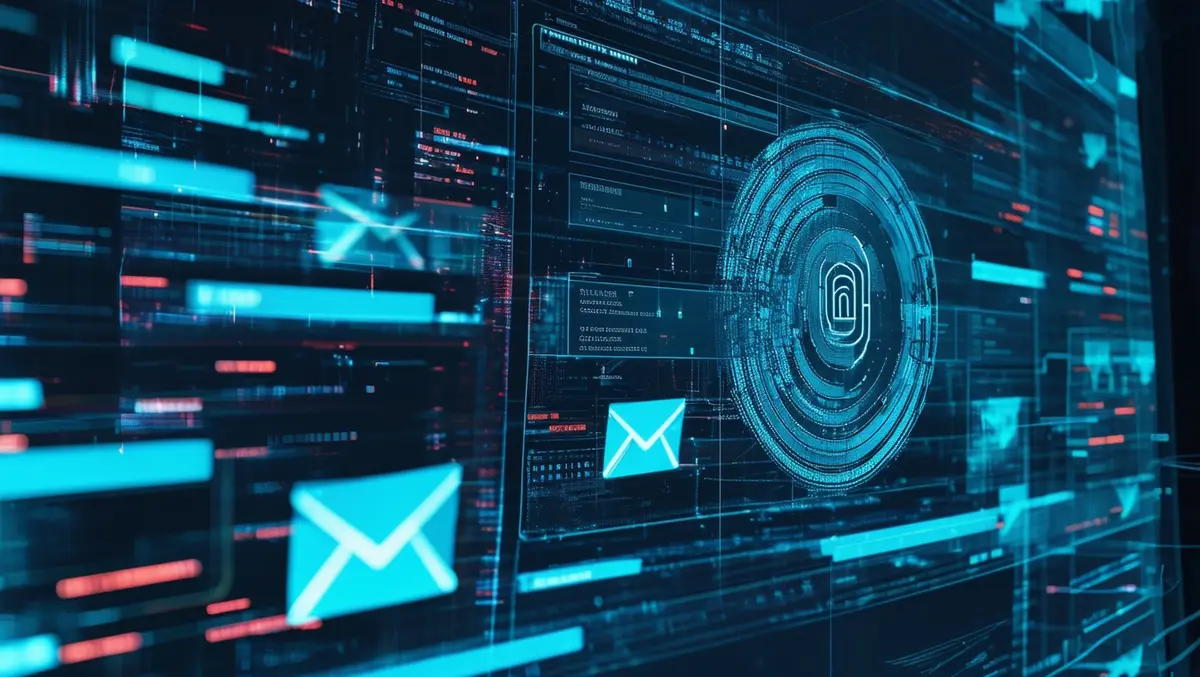
Kaspersky reports surge in hybrid phishing campaigns for 2024
Kaspersky experts have identified a new phishing attack trend where elements of spear phishing are being used in bulk campaigns.
Traditional bulk phishing emails target large audiences with generic messages, often rife with typos and simplistic formatting. In contrast, spear phishing involves highly personalised messages including specific details about the target, making them appear more credible.
Spear phishing targets specific individuals or small groups with emails that mimic the style and content of legitimate communications from trusted entities. These emails are meticulously crafted to avoid detection by security filters and often contain no technical errors. Mass phishing campaigns, meanwhile, cast a wide net, sending generalised messages to large lists of email addresses lacking personalisation and often containing mistakes and poor design.
In late 2023, Kaspersky researchers observed a statistical anomaly indicating a blend of spear and mass phishing tactics, with emails detected that were too aggressive for spear phishing but too sophisticated for mass phishing. In one instance, a phishing email posing as a message from a Human Resources department addressed the recipient by name and referenced their company. Despite these personalised elements, the linked phishing form was a generic fake Outlook sign-in, a typical sign of mass phishing.
Another campaign employed ghost spoofing, where a real corporate email address appeared in the sender's name without modifying the actual domain. This technique, usually reserved for targeted attacks, was used in mass phishing, adding an air of authenticity but leading to a generic phishing form upon clicking the link.
Between March and May 2024, Kaspersky detected a significant increase in these hybrid phishing emails. This rise indicates that attackers are leveraging advanced technologies to reduce the cost and effort of personalising mass attacks. AI-powered tools can now create convincing email content, fix typos, and enhance design, making these mixed attacks more effective and harder to detect.
"Attackers are increasingly adopting spear phishing methods and technologies in their bulk campaigns, leading to more personalised emails and an expanding range of spoofing technologies and tactics. Despite being mass email campaigns, these attacks present a significant threat. To combat this evolving threat, it is crucial to implement safeguards that keep pace with technological advances and employ a combination of methods and services," commented Roman Dedenok at Kaspersky.
To keep data protected from phishing attacks and leaks, Kaspersky experts recommend providing staff with basic cybersecurity hygiene training and conducting simulated phishing attacks to ensure employees can distinguish phishing emails. Other measures include using protection solutions for mail servers with anti-phishing capabilities, such as Kaspersky Security for Mail Server, and employing protection solutions for both endpoints and mail servers, such as Kaspersky Endpoint Security for Business.
For users of Microsoft 365 cloud services, it is advised to use dedicated protection solutions like Kaspersky Security for Microsoft Office 365, which includes anti-spam and anti-phishing technology as well as protection for SharePoint, Teams, and OneDrive apps. Additionally, businesses are encouraged to consider lightweight, easy-to-manage solutions like Kaspersky Small Office Security to help prevent issues arising from phishing emails or malicious attachments.
Given the increasing sophistication and hybrid nature of phishing attacks, finding a dedicated solution for small and medium businesses with proven protection features is crucial. Kaspersky Endpoint Security Cloud includes technologies such as File Threat Protection, Mail Threat Protection, Network Threat Protection, and Web Threat Protection to shield users from malware, phishing, and other types of threats.


